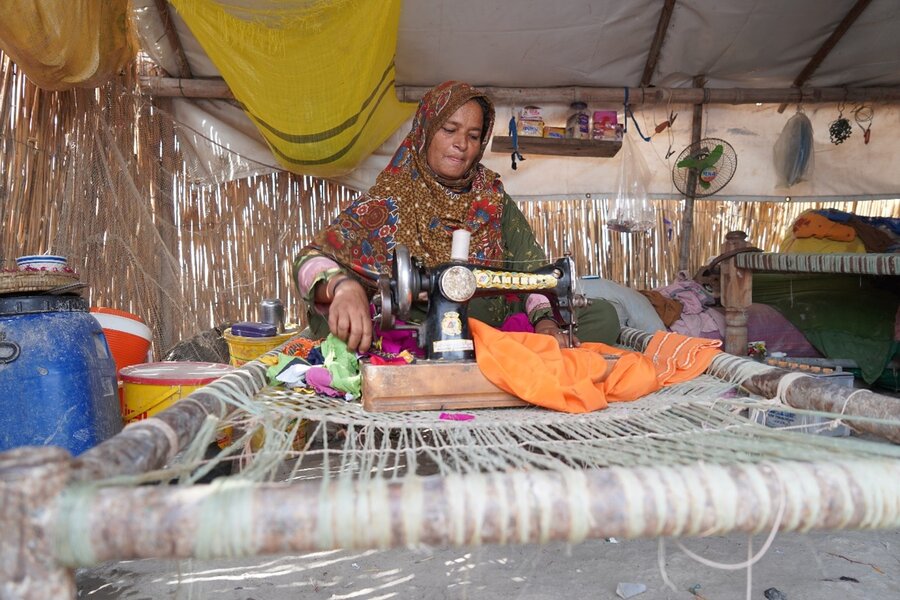
In the heart of her village in Pakistan's southern province of Sindh, Husan once lived in a sturdy two-room house, with her sons, daughters-in-law, and grandchildren.
Then, a year and a half ago, one of the biggest floods to ever hit the country in recent years turned everything upside down. They not only swept away her home but also her livelihood and any sense of normalcy.
"The floods damaged the entire community of 40 families," says Husan. "We lost everything from our houses to our possessions. I couldn't save anything from the floods except my life."
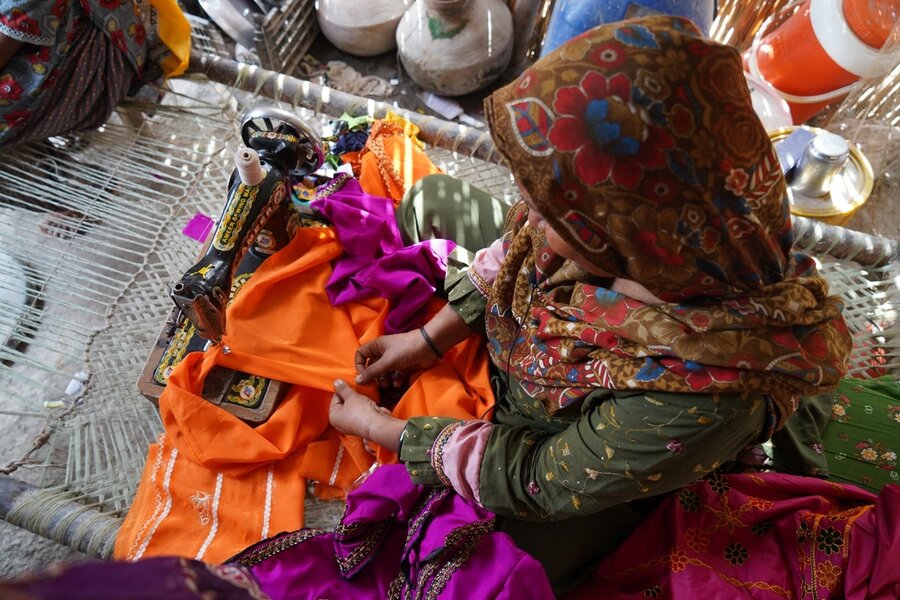
Following the floods, they were relocated to a Government-provided temporary shelter. After four months when the floodwaters receded, Husan's family managed to come back to their village. Having next to nothing left, they have since lived in a makeshift tent they put together. The tent has now been their home for more than a year.
"Living in a tent has become tiresome," she says. "We lack a proper kitchen space. We have to utilize what we have a makeshift washroom and fetch water from a distant source, as the water we currently use is not suitable for drinking."
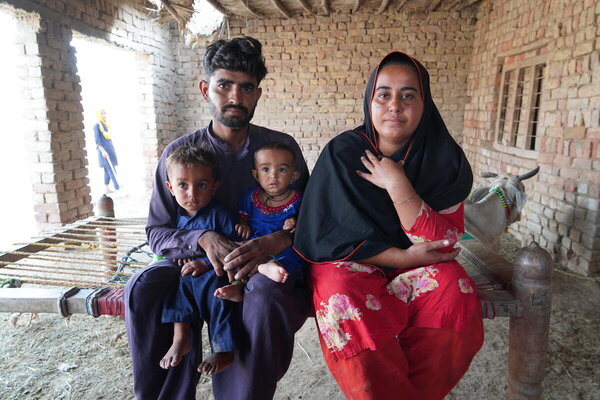
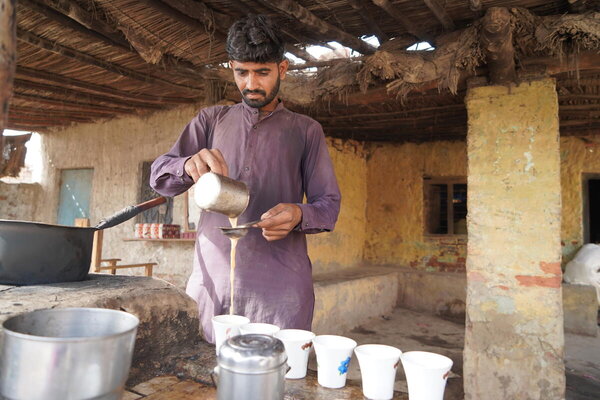
The floods killed more than 1,700 people and impacted the lives 33 million people in Pakistan. Sindh, the heart of the Indus River basin, was the worst-affected province, accounting for nearly 70 percent of total losses and damage.
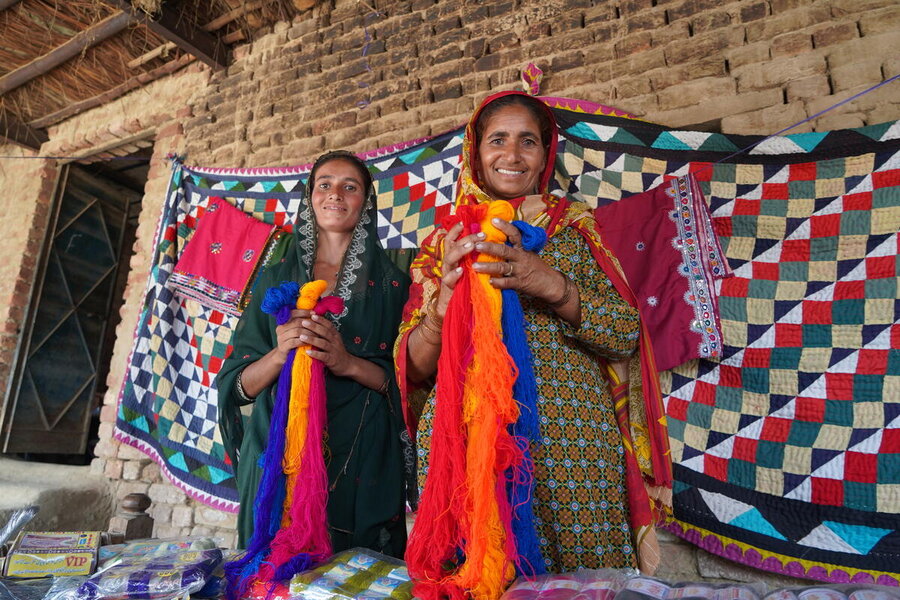
A year and a half on, humanitarian needs in flood-affected areas persist - exacerbated by the country's ongoing economic uncertainty and a nutrition crisis. The Integrated Food Security Phase Classification (IPC) estimates 11.8 million people continue to face 'crisis' or higher levels of food insecurity due to the 2022 floods.






